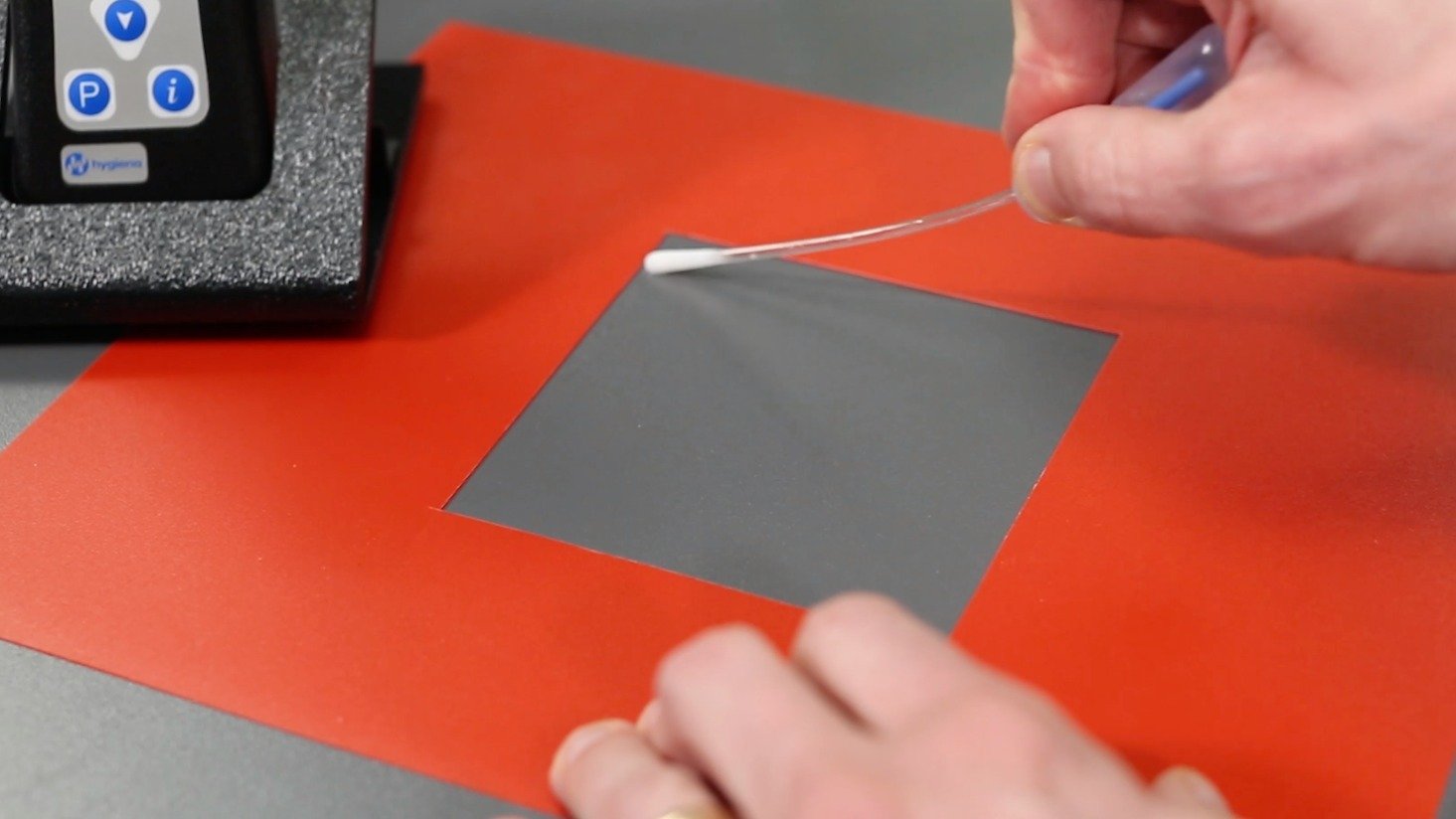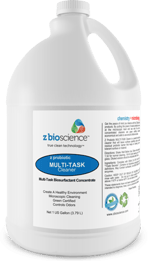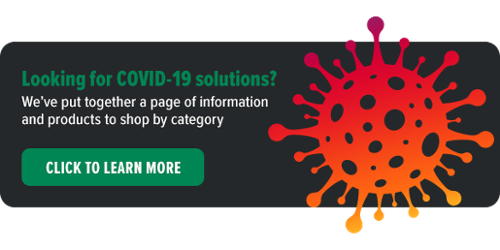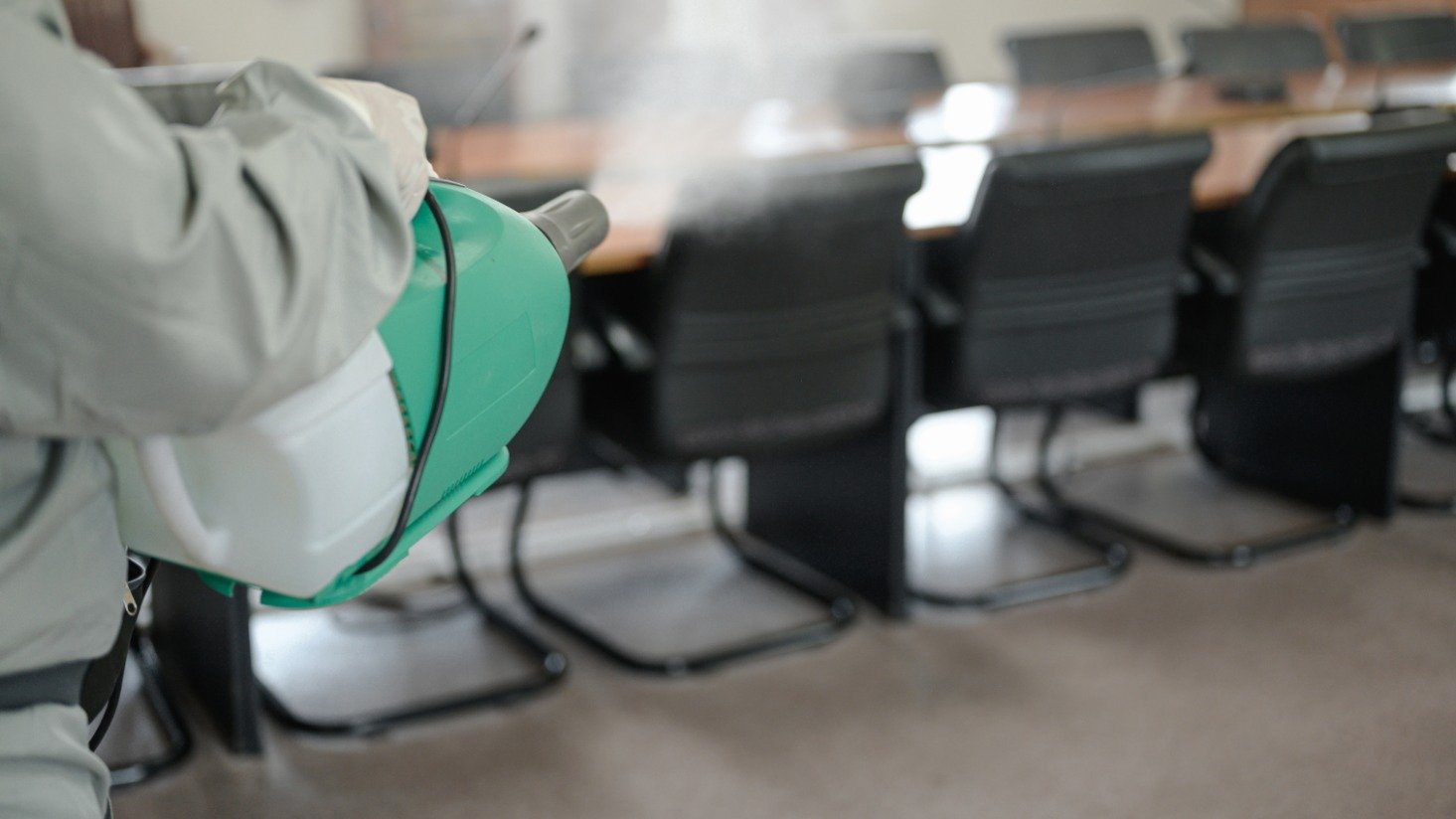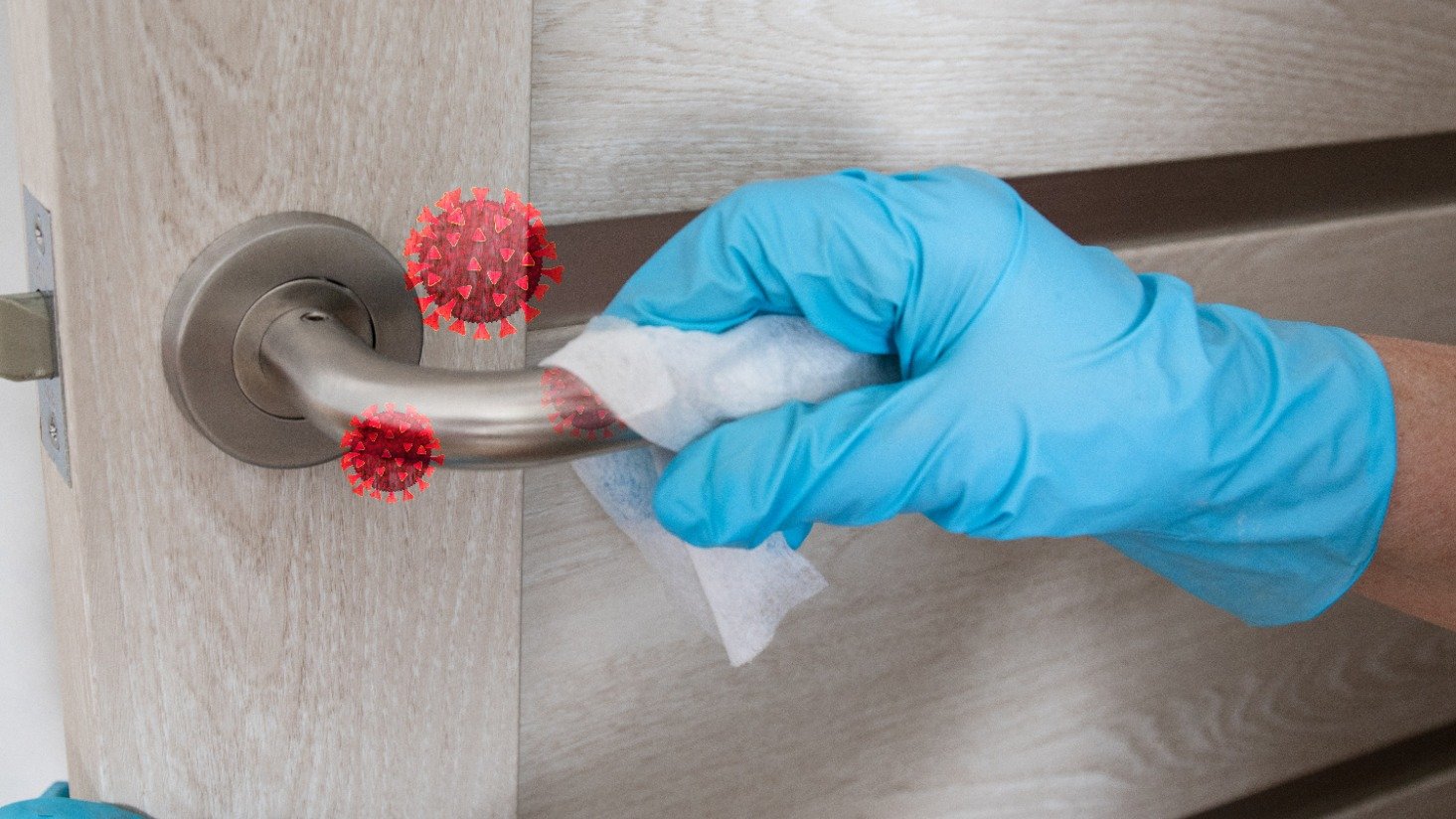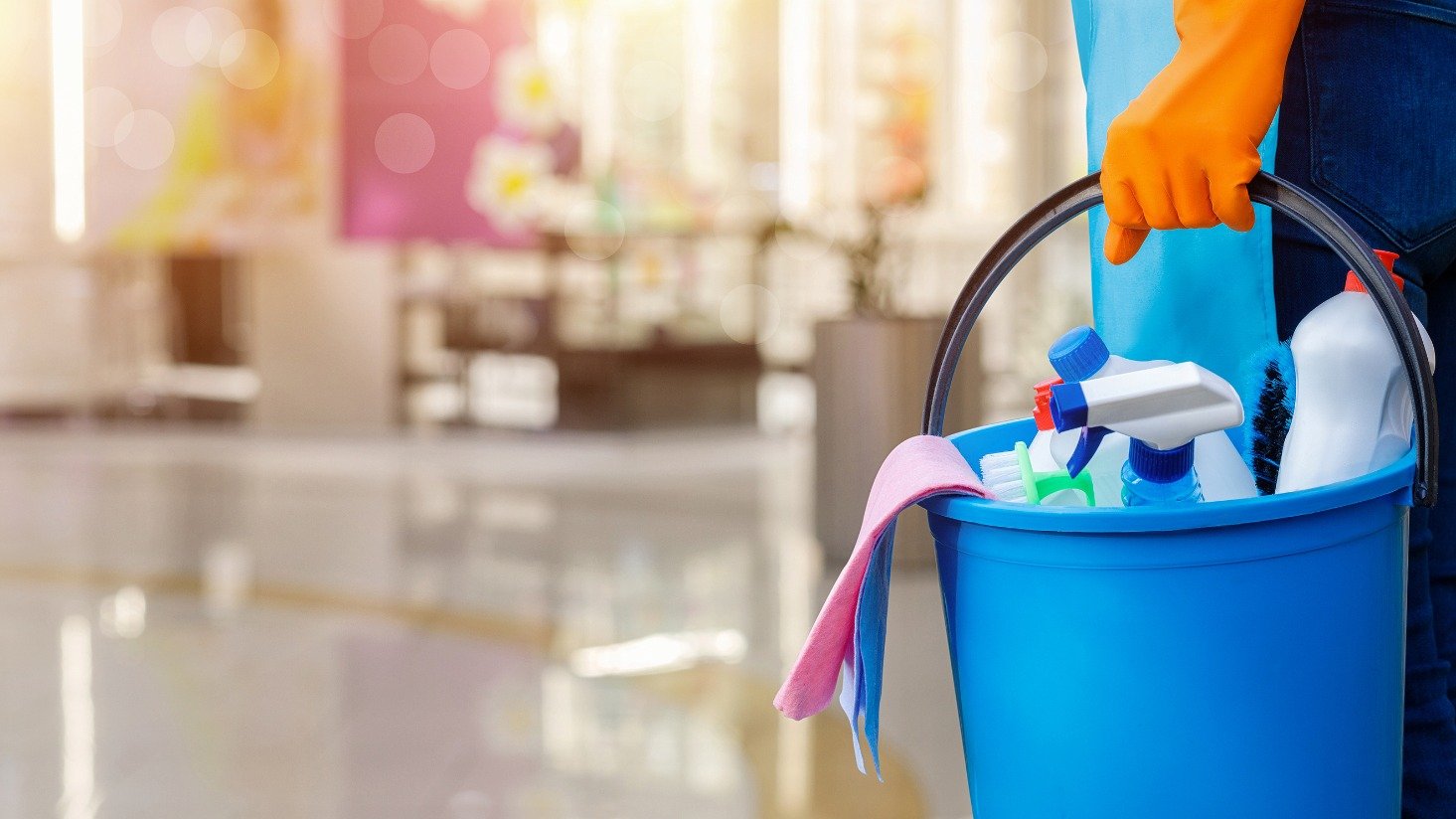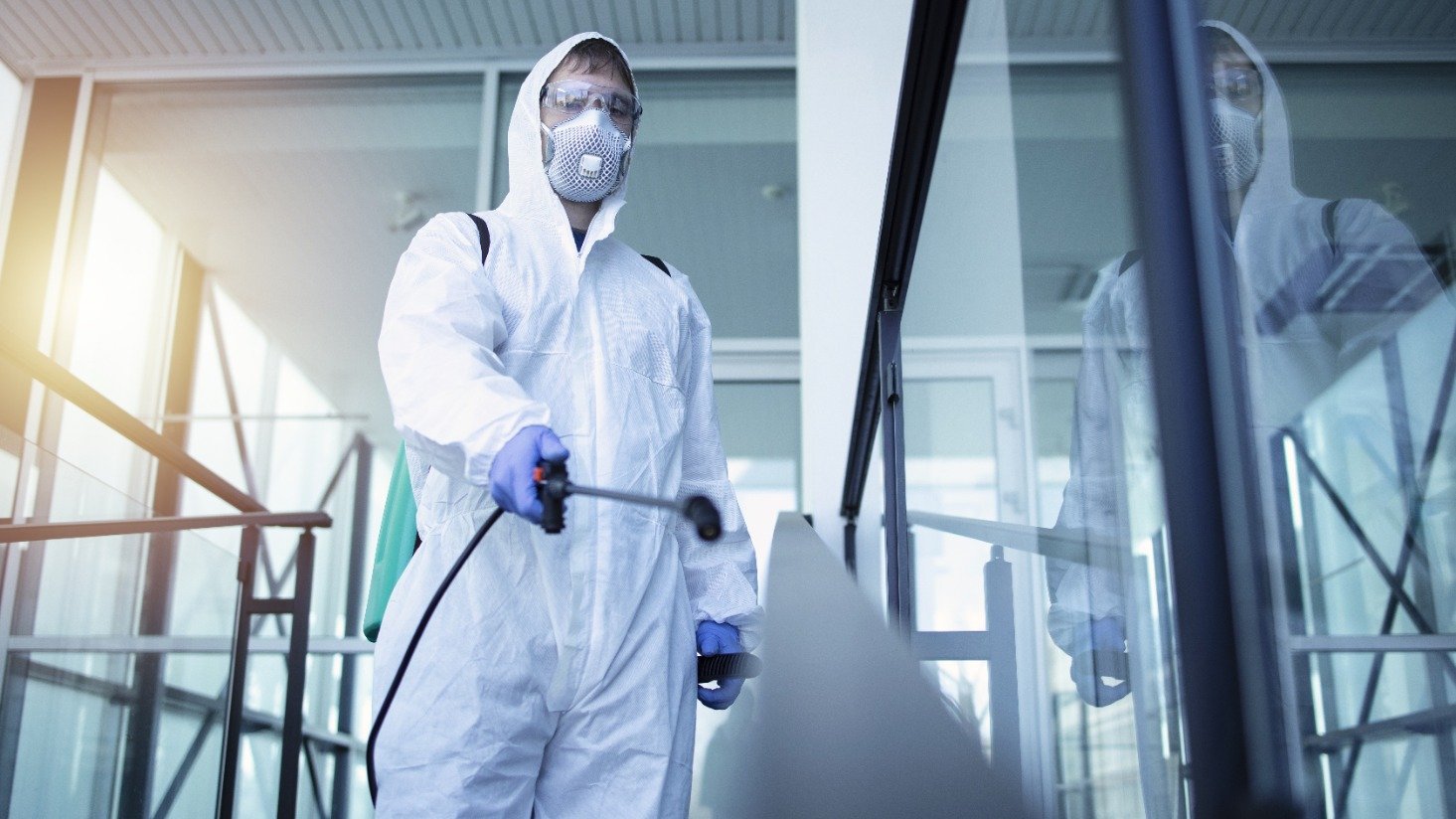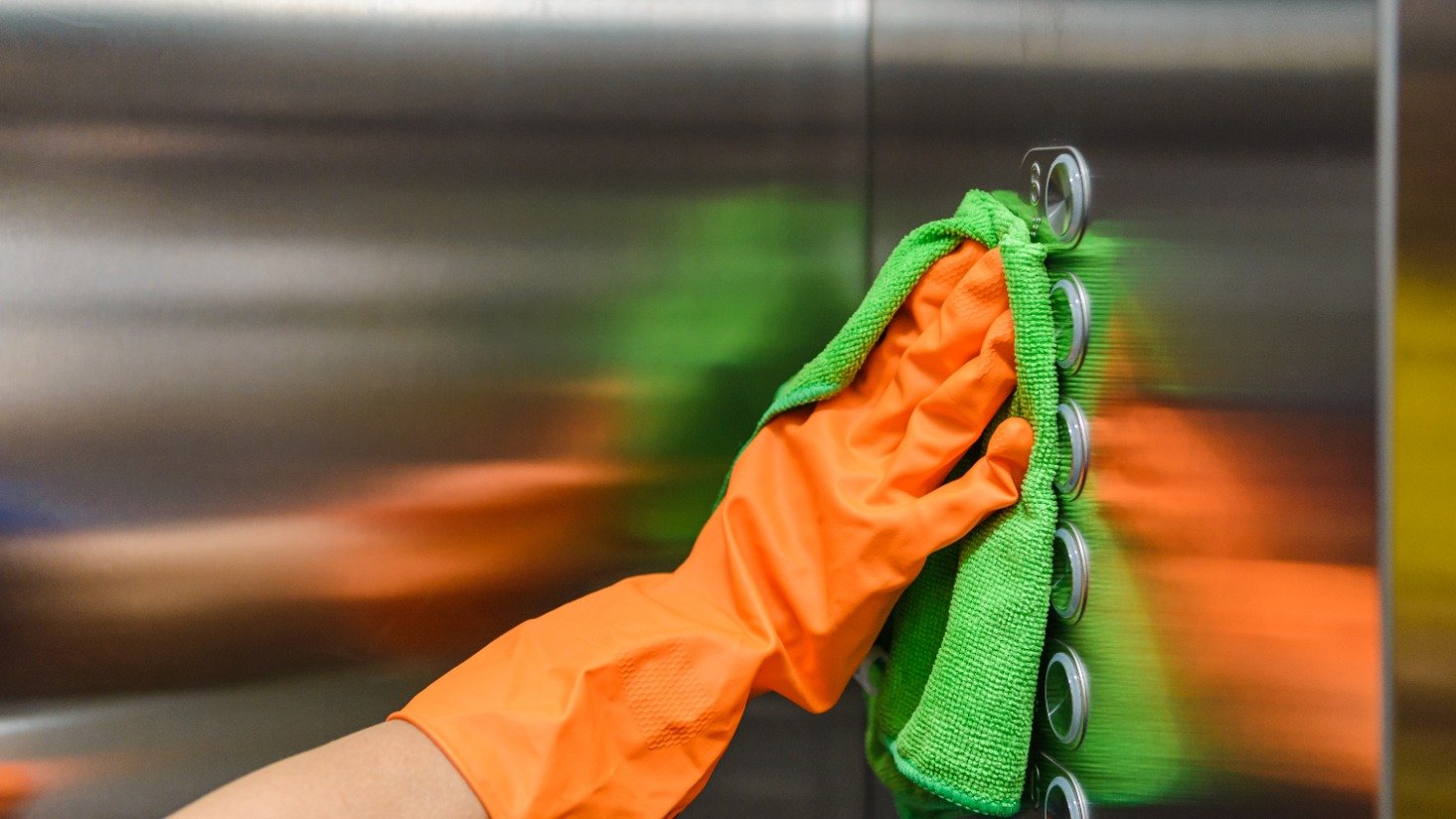What is ATP testing?
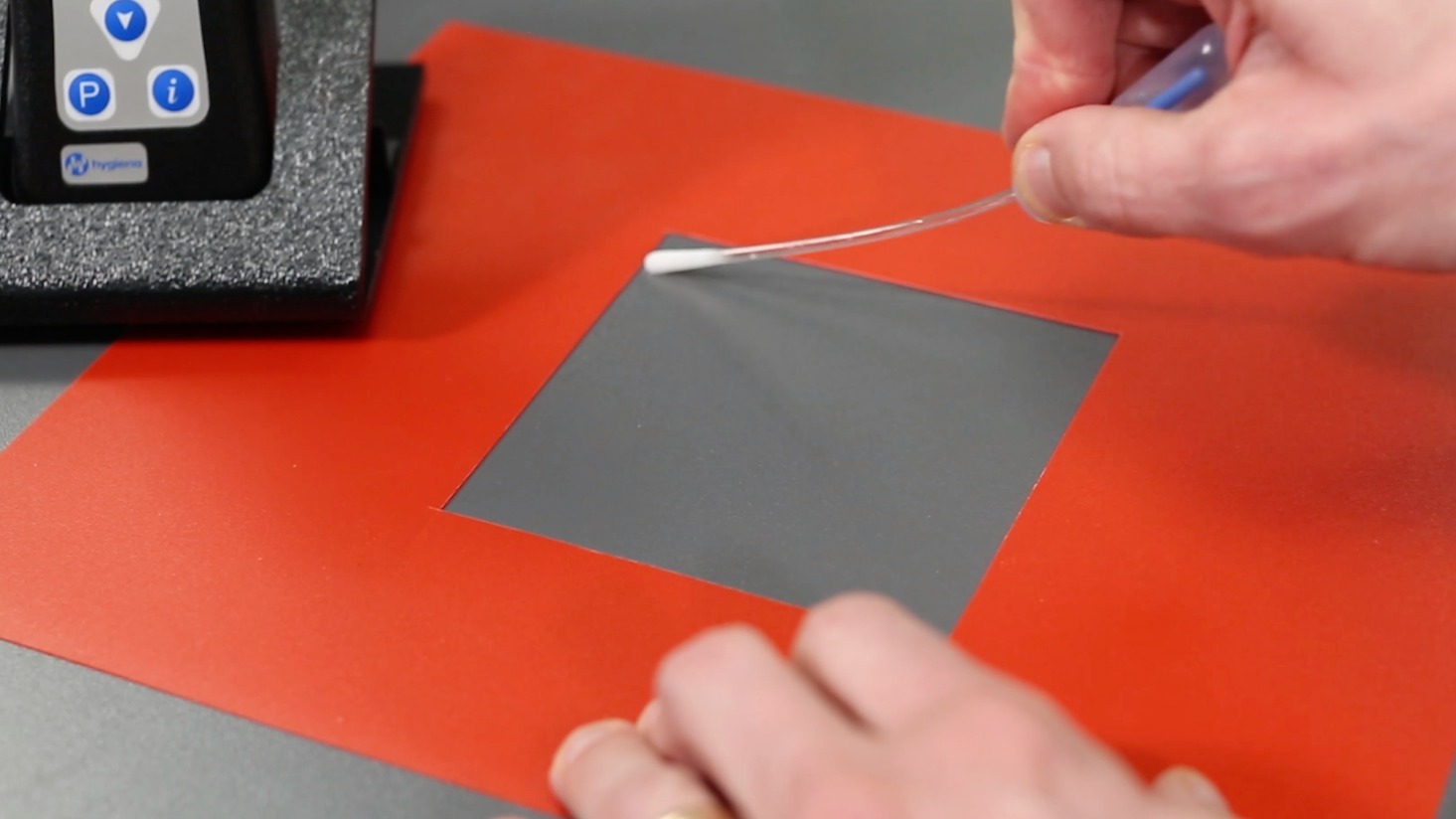
You've cleaned, sanitized, and disinfected your building. But how do you know your facility is actually clean?
Doing a simple eye scan isn't enough. Bacteria and viruses can grow and replicate without us knowing. Contamination can't be seen with the naked eye.
There is a process called an ATP test that can tell you how clean a surface is. ATP tests are mainly used in the food industry to test whether or not a surface is ready for food distribution, but has quickly become a standard for cleanliness in other industries as well.
The test generates a number that correlates to the amount of pathogens living on a surface. If an ATP reading is high, it's an indication that additional cleaning needs to be performed before microbes on a surface grow out of control, potentially causing serious illness.
ATP stands for adenosine triphosphate, which is an energy molecule found in all living things. By testing for the presence of ATP on a surface, you're testing for the presence or growth of microorganisms, like bacteria.
How to perform an ATP test
The first step in performing an ATP test is to identify which surface to test. You want to pinpoint the surface that's likely contaminated because it's a high-touch area, but may also be missed during routine cleaning.
You will need proper equipment to perform your ATP test. There are several different options available. For our tests, we use the Hygiena SystemSURE PLUS, which is a luminometer. You will also need ATP test swabs, which are typically sold in packs of 100.
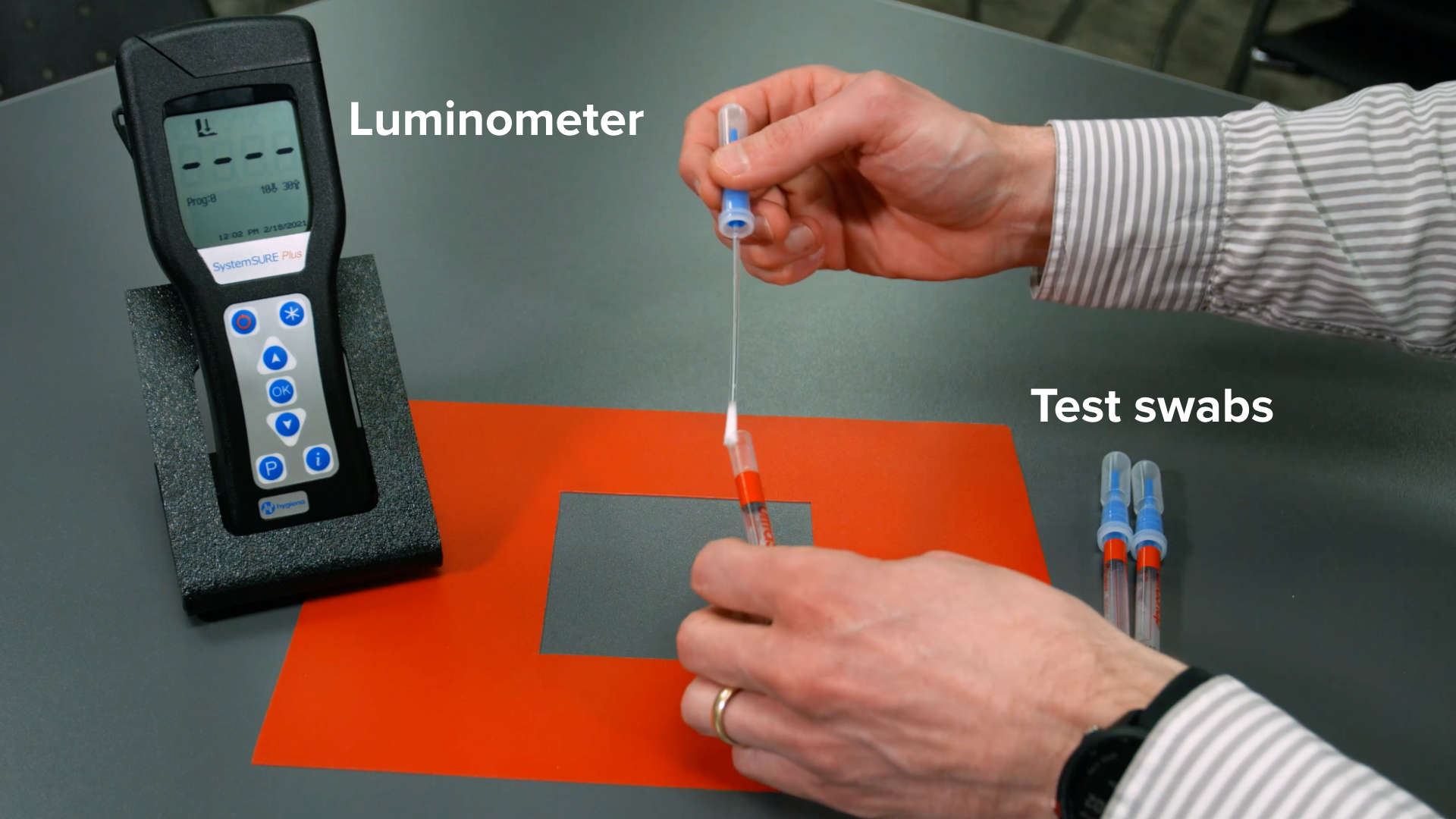
Once you've identified the surface and have the proper supplies, follow this process to complete your ATP tests.
- Turn on the luminometer to give it time to calibrate.
- Remove ATP test swab from the tube.
- Swab a surface area, like a 4x4 area, with even coverage. Apply enough pressure so the swab is slightly bent, but don't touch the swab shaft. Rotate the tip as you're covering the surface. This should take less than 5 seconds. Replace the swab back in the tube once you're finished.
- Break the end of the tube (bulb end) with your thumb and forefinger.
- Squeeze the bulb twice and shake for 5 seconds.
- Insert the tube back into luminometer.
- Make sure the luminometer is upright and press ok to start the measurement. In 15 seconds, you'll have results.
The result is measured in relative light units, or RLU.
ATP test standards
Once you get a reading, how do you know if it's a good or bad number?
The answer depends on your standard of clean.
For food preparation surfaces, anything above a score of 10 is considered dirty. Any score below 10 is considered clean. When you're testing, you're looking for a product that lowers the score the first time you use it.
In other settings like schools, senior living facilities, hotels, and commercial office spaces, an ATP reading of less than 30 indicates that pathogens are unlikely to grow.
It's important to consider standards offered by the manufacturer because different products may give different readings.
ATP results are important because of biofilm – a slimy cluster of pathogens like bacteria and viruses that can remain even after a routine cleaning.
For reference, the chart below from Z BioScience shows the probability that biofilm is left on surface based on ATP test results.
| ATP Reading (RLU) | Probability of Pathogenic Biofilm |
|---|---|
| 0 | 0.0001% |
| 10 | 0.1% |
| 30 | 2% |
| 100 | 50% |
| 200 | 99% |
| >300 | 99.9% |
In the unlikely scenario you get an ATP reading of zero, there is a very small chance you have harmful bacteria on the surface. But if the ATP reading is 100 or greater, there is a 50% chance you could have harmful bacteria on the surface. That's a pretty high probability if you're concerned about health of your employees, customers, and tenants.
How to lower ATP test scores
The best way to lower ATP test scores is to follow a routine cleaning process with reliable cleaning products.
During the cleaning process, crews should thoroughly scrub to agitate any biofilm (an invisible group of pathogens) that may be lingering on a surface.
We have performed ATP tests on multiple products, and one of the products we found most effective at lowering ATP scores is the multi-task cleaner by Z BioScience.
Z BioScience products use probiotics and enzymes to get rid of harmful pathogens. The multi-task cleaner is safe enough to use on any surface, including food preparation areas. It's proven effective against salmonella, staph, and other pathogens.
How reliable are ATP tests?
When used correctly, ATP tests can be an accurate representation of cleanliness.
However, ATP tests are not able to test for the following:
- Viruses. ATP tests are not a good indication of whether viruses are still on a surface because viruses aren't living cells. ATP is found in living organisms. However, ATP tests are still a good representation of the amount of other pathogens in an area. Viruses are typically easier to inactivate than bacteria and other pathogens. If these other pathogens are eliminated, it's likely that viruses are eliminated as well.
- Disinfectants. Studies show ATP tests are not a reliable indicator of how well disinfectants work. This is likely because of the chemicals in cleaners and disinfectants and the way they interact with ATP measurements. Unfortunately, ATP tests cannot be used in facilities that use disinfectants. For more on the difference between cleaning, disinfecting, and protecting, click here.
Like all tests, ATP test results can be skewed by different variables. Following proper procedures and instructions by the manufacturer will help reduce the amount of variables and increase the accuracy of readings.
How to keep your facility clean
A total clean is a combination of surface and air disinfection.
In addition to using safe and effective cleaning products on surfaces, we recommend using germicidal UV products to disinfect the air.
There are three ways you can kill germs in the air, but this product is our top recommendation: The UV FAN by Light Progress.
The UV FAN uses enclosed UV-C lamps and a titanium dioxide filter to get rid of bacteria and pathogens. Because the UV-C lamps are enclosed, there is no risk of exposure, except during the maintenance process.
If you're ready to create a cleaning game plan for your facility, contact us to talk with one of our experts.
